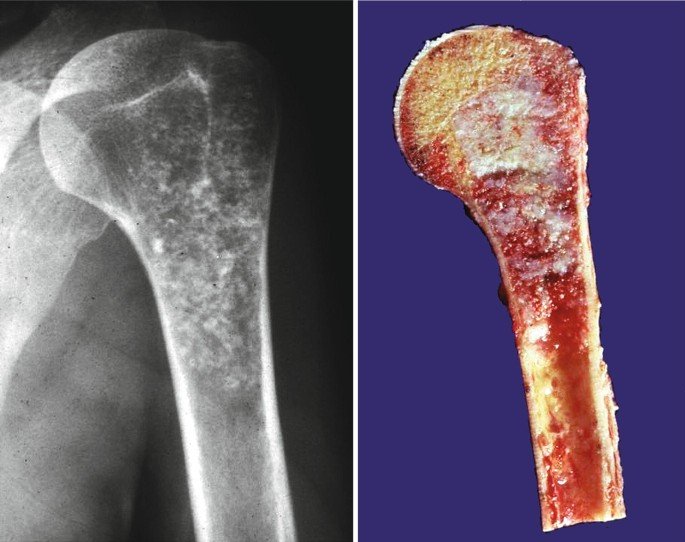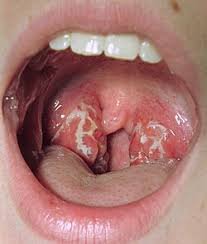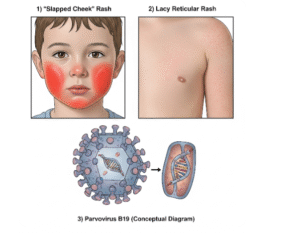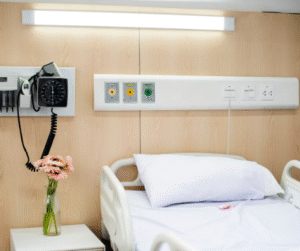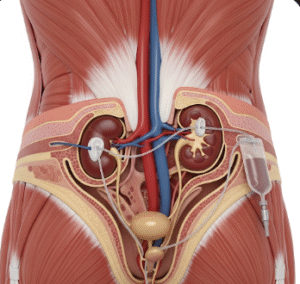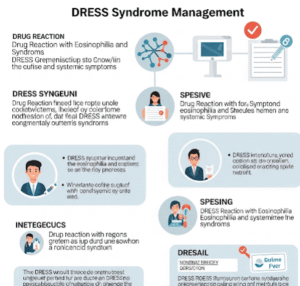Overview
Chondrosarcoma is a rare type of malignant bone tumor that originates from cartilage-producing cells. It typically affects adults but can occur in adolescents and young adults. In Korea, advanced oncology centers and orthopedic oncology departments offer early diagnosis, surgical management, and follow-up care for patients with chondrosarcoma.
What is Chondrosarcoma?
Chondrosarcoma arises from cartilage cells and most commonly develops in the pelvis, femur, shoulder, or ribs. It is classified into low-grade (slow-growing) and high-grade (aggressive) forms. Unlike other bone cancers, chondrosarcoma is relatively resistant to chemotherapy and radiation, making surgical removal the primary treatment.
Symptoms
- Persistent bone or joint pain, often worsening at night
- Swelling or a palpable mass near the affected bone
- Limited movement or stiffness in nearby joints
- Fractures in weakened bones
- Fatigue or unintended weight loss in advanced cases
Causes
- Exact causes are unknown
- Rarely associated with genetic syndromes such as Ollier disease or Maffucci syndrome
- Pre-existing benign cartilage tumors (enchondromas) may rarely transform into chondrosarcoma
- Abnormal cell growth in cartilage tissue
Risk Factors
- Age: Most patients are between 40–70 years, though younger individuals can be affected
- Pre-existing benign cartilage tumors
- Genetic conditions affecting cartilage development
- History of radiation exposure to bones (rare)
Complications
- Local invasion of surrounding bone and soft tissue
- Pathological fractures due to bone weakening
- Rare metastasis, usually to the lungs in high-grade tumors
- Recurrence after incomplete surgical removal
- Functional impairment depending on tumor location
Prevention
- No known preventive measures due to unclear etiology
- Regular monitoring of pre-existing benign cartilage lesions
- Early medical evaluation for persistent bone pain or swelling
Treatment Options in Korea
Surgical management is the cornerstone of treatment, supported by specialized orthopedic oncology care:
- Surgery:
- Wide excision of the tumor with clear margins
- Limb-sparing surgery where possible
- Reconstruction using bone grafts or prosthetics
- Adjuvant therapy:
- Radiation therapy is generally limited due to tumor resistance
- Chemotherapy is rarely effective but may be used in rare aggressive or dedifferentiated cases
- Specialized centers in Korea:
- Samsung Medical Center Orthopedic Oncology
- Seoul National University Hospital Bone Tumor Center
- Asan Medical Center, Severance Hospital
- Multidisciplinary teams including orthopedic surgeons, radiologists, and oncologists
- Follow-up care:
- Regular imaging (X-ray, MRI, CT) to monitor for recurrence or metastasis
- Physical therapy and rehabilitation for functional recovery
- Long-term monitoring for high-grade or recurrent tumors

